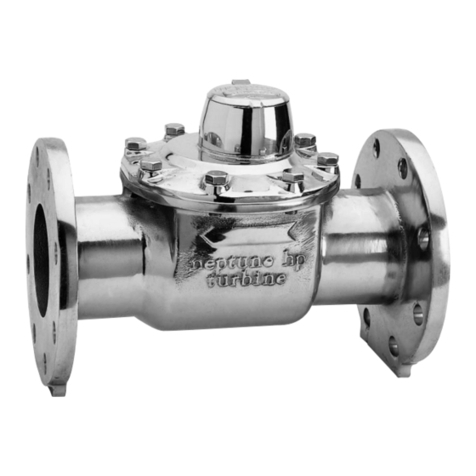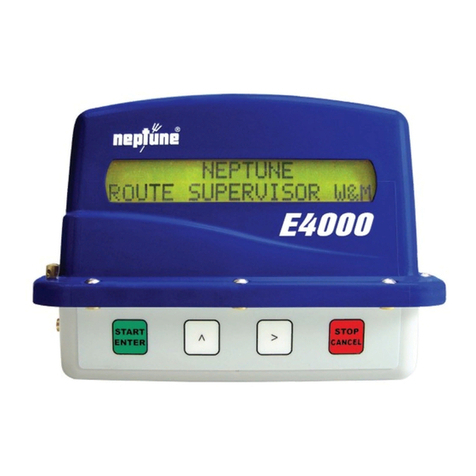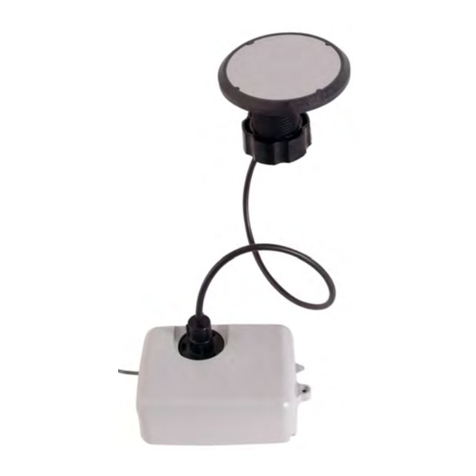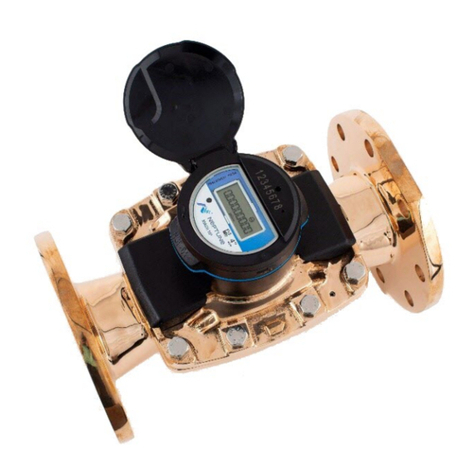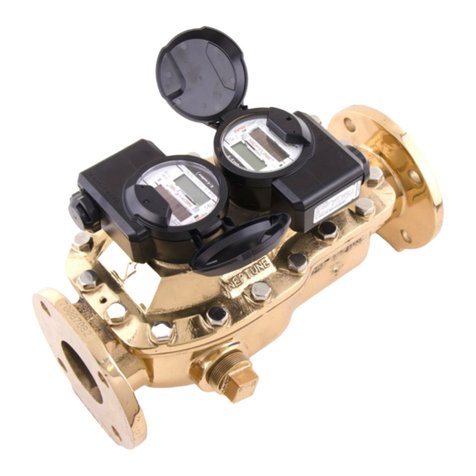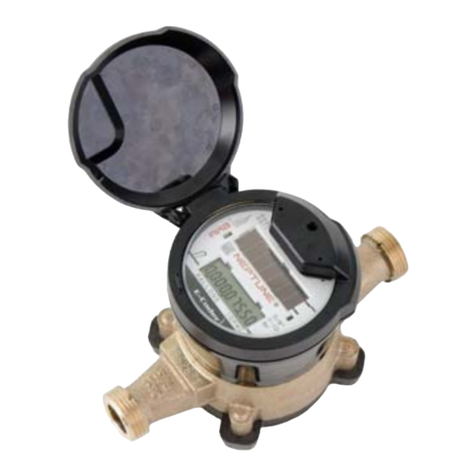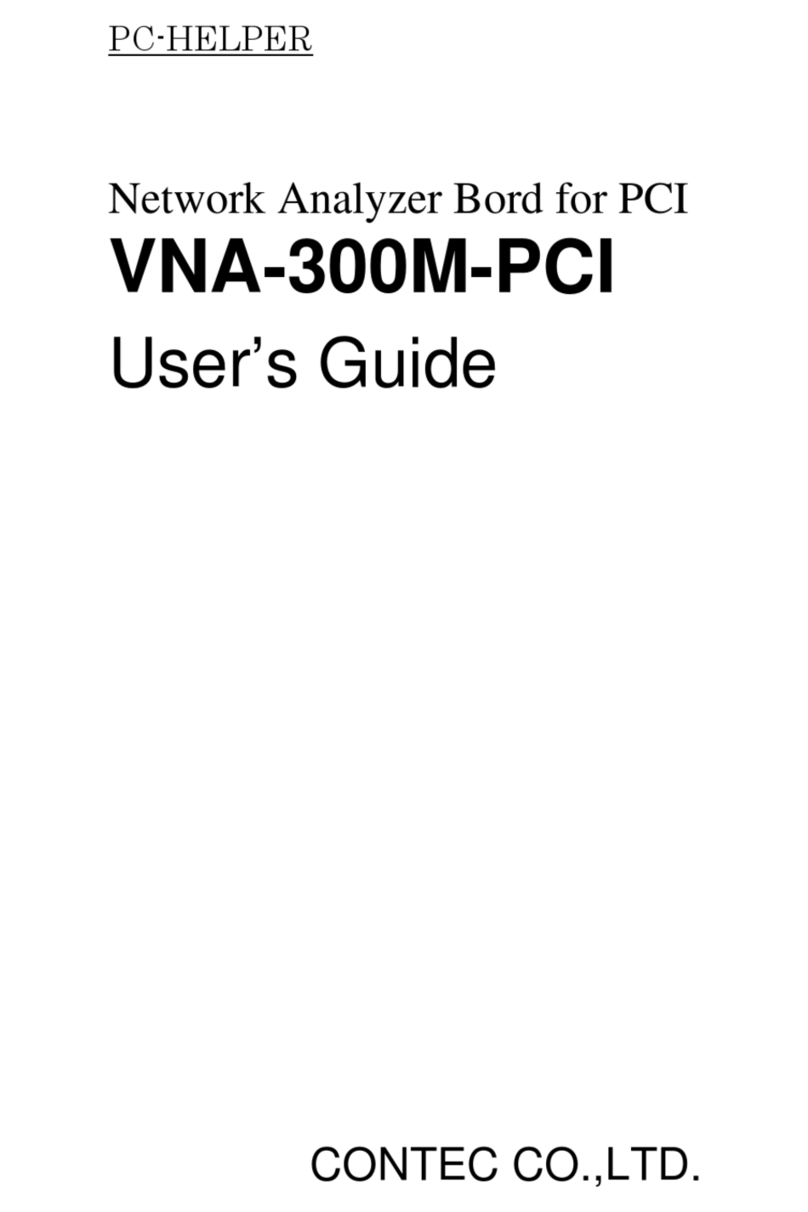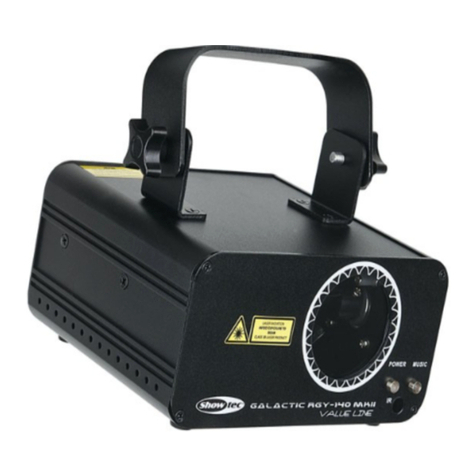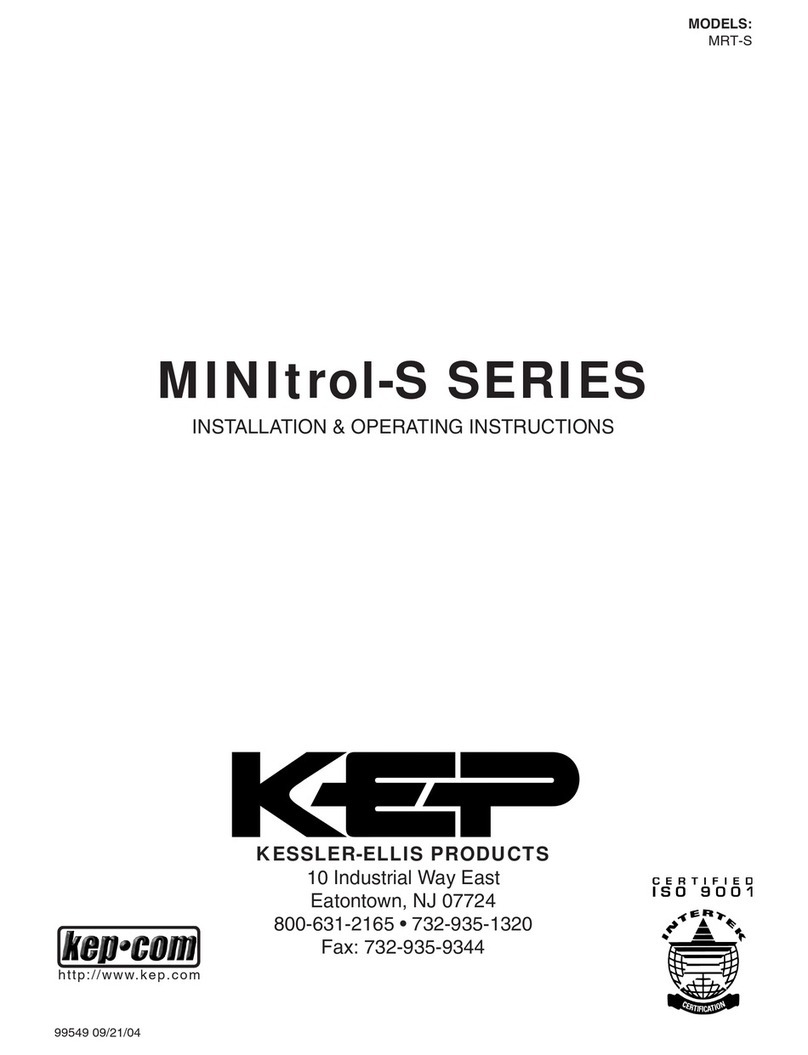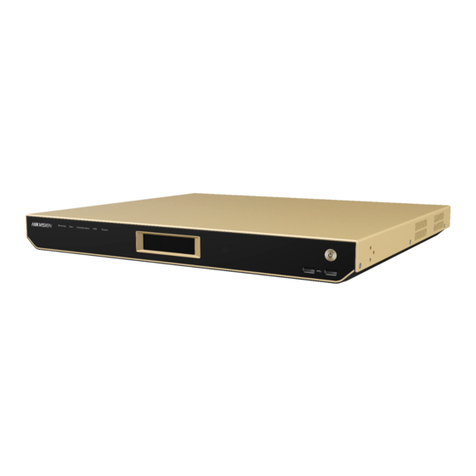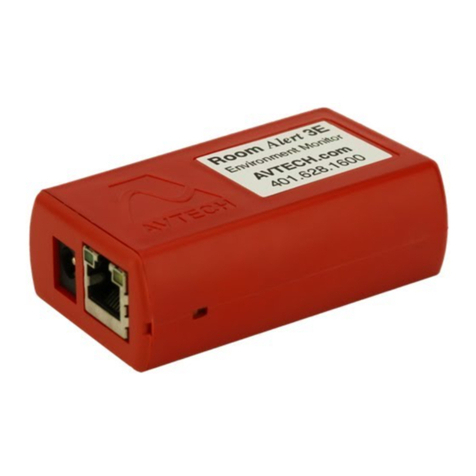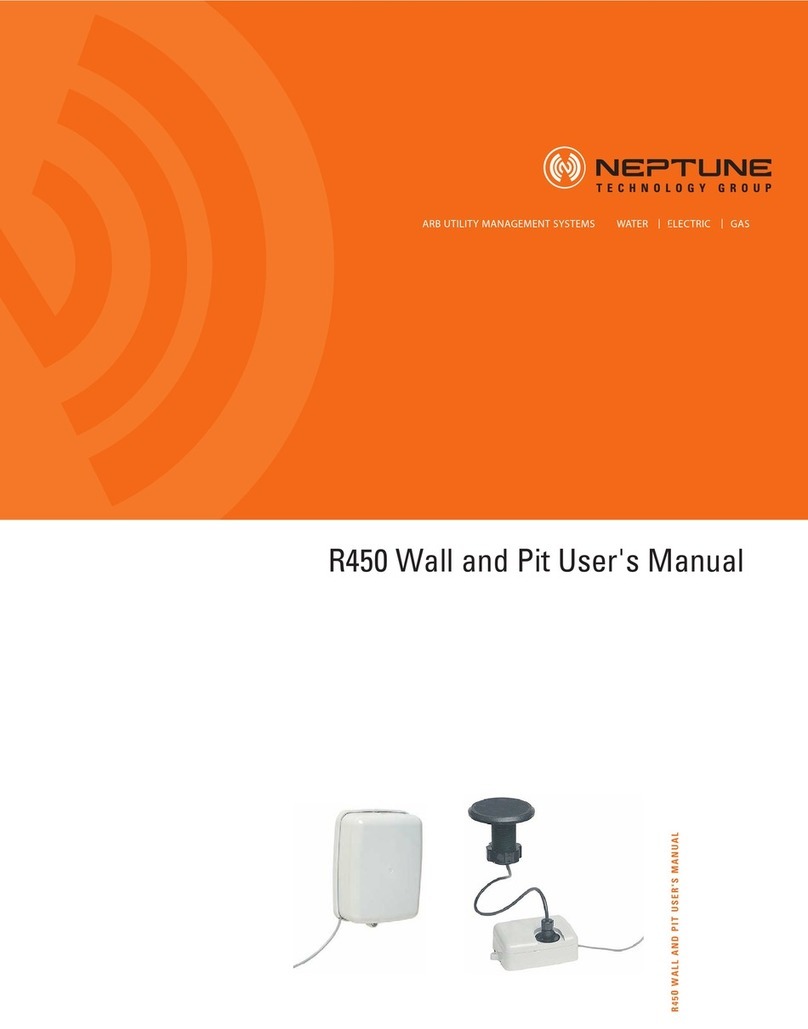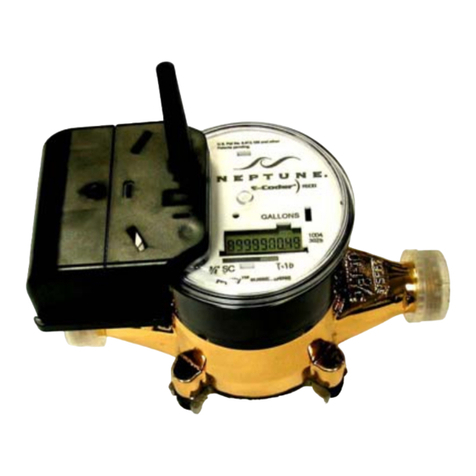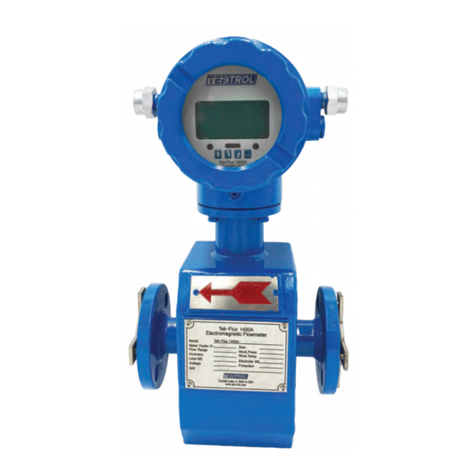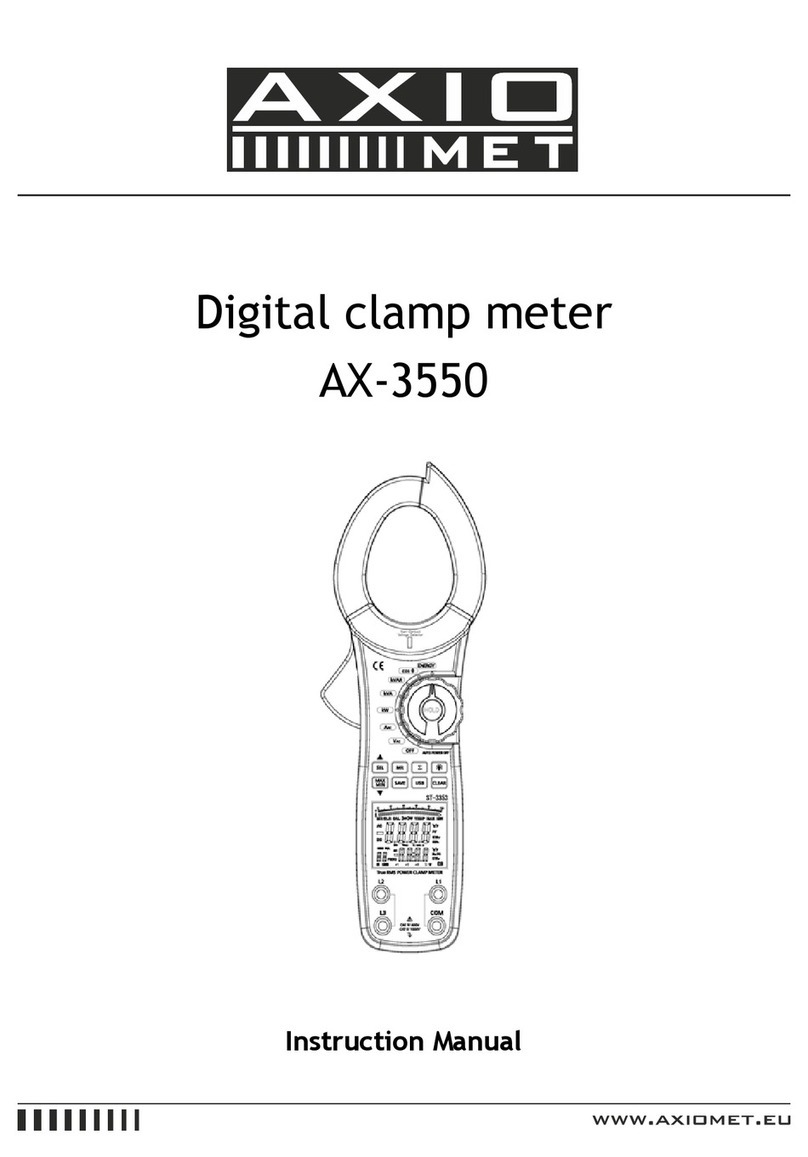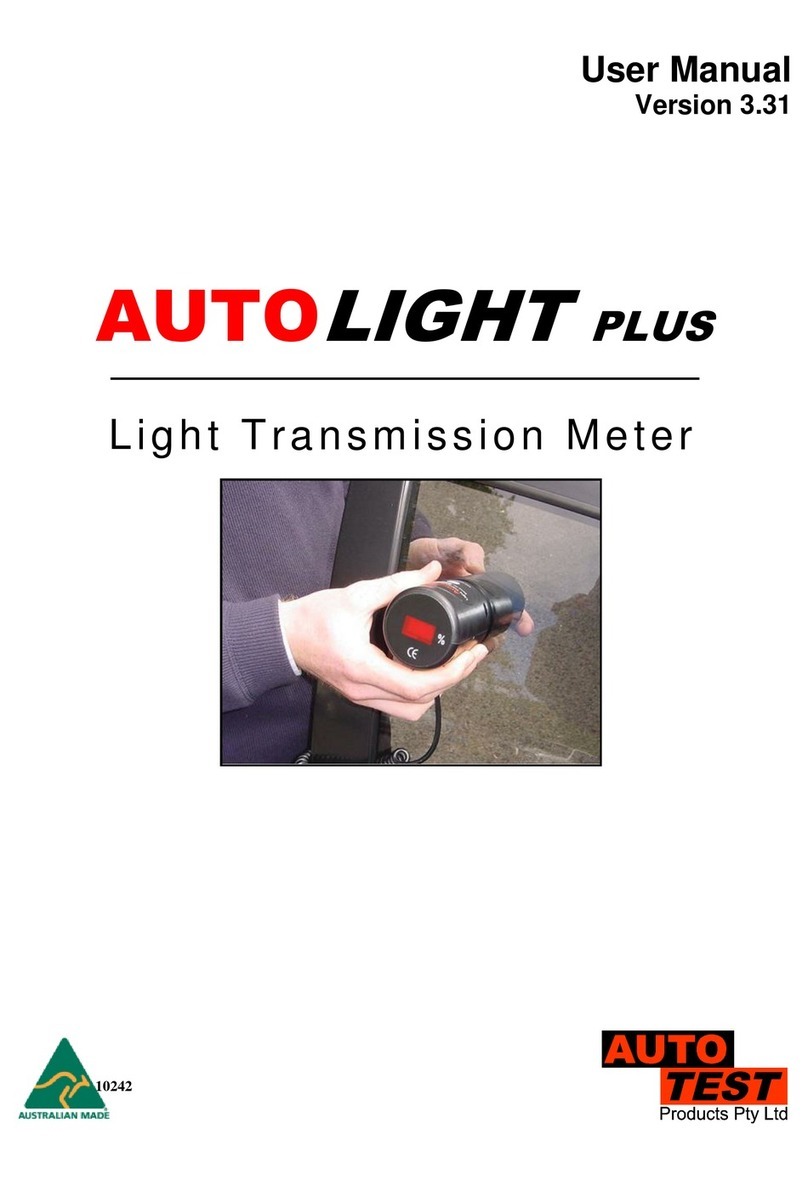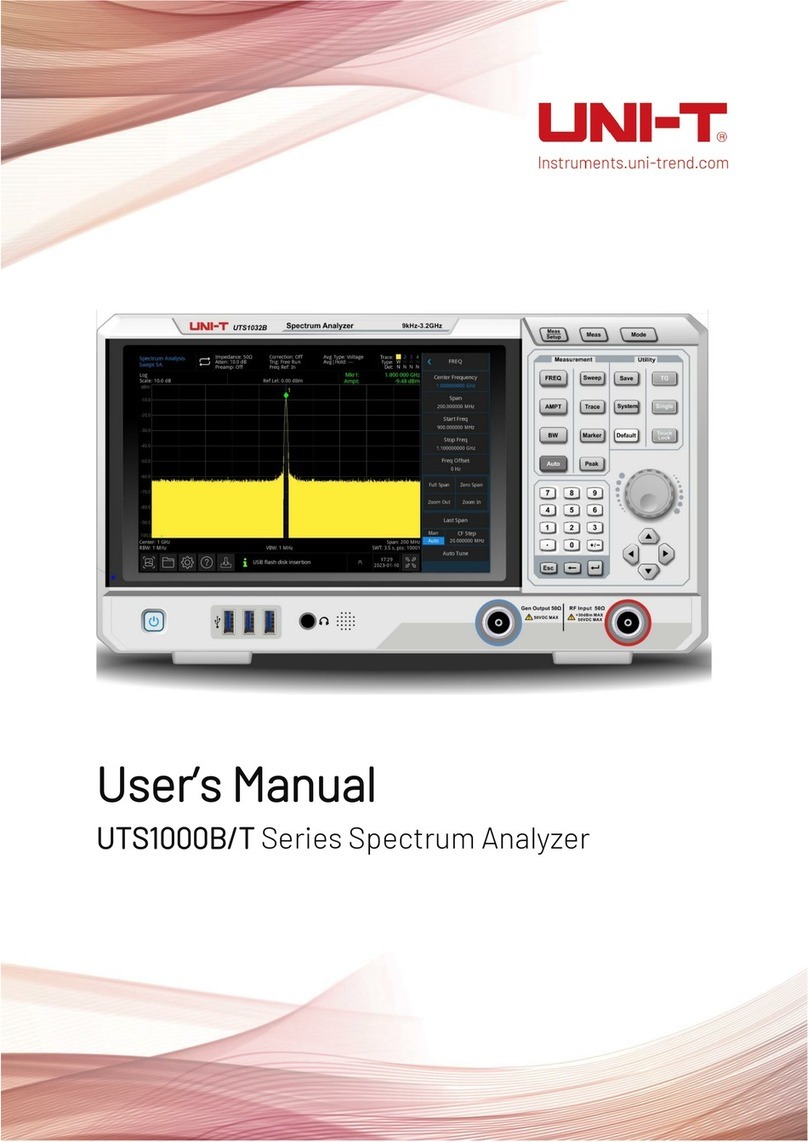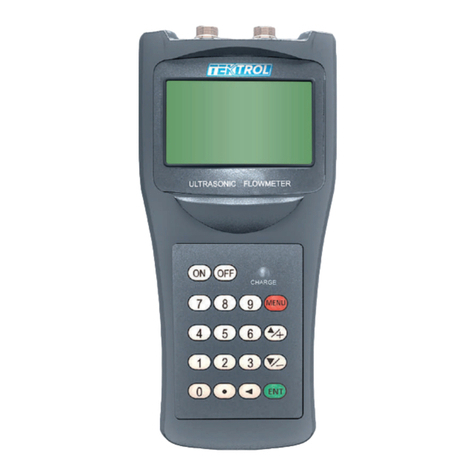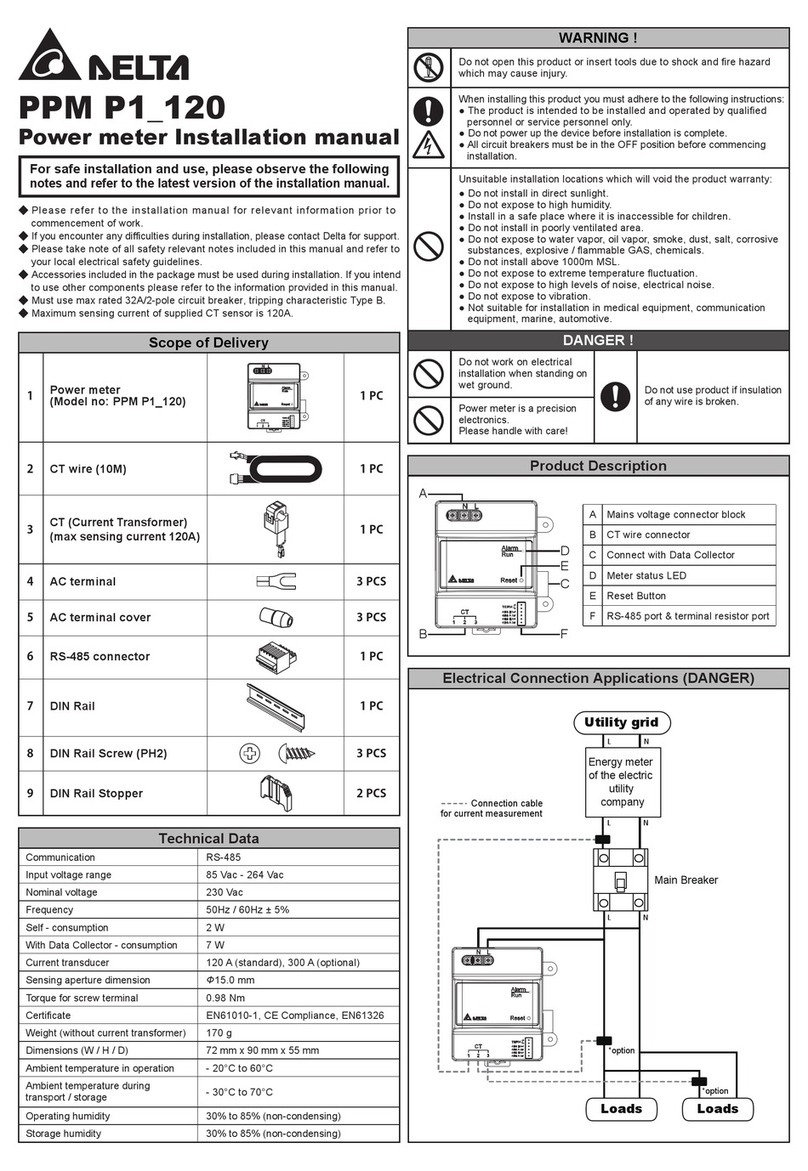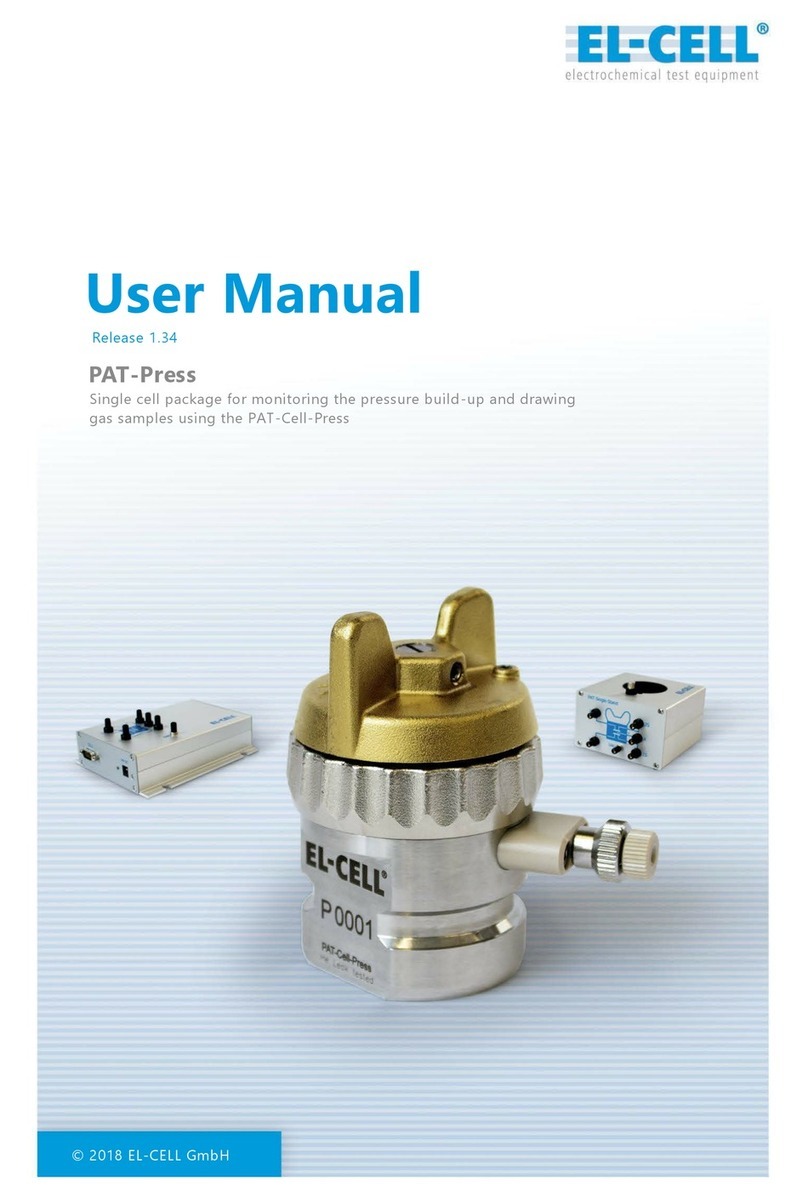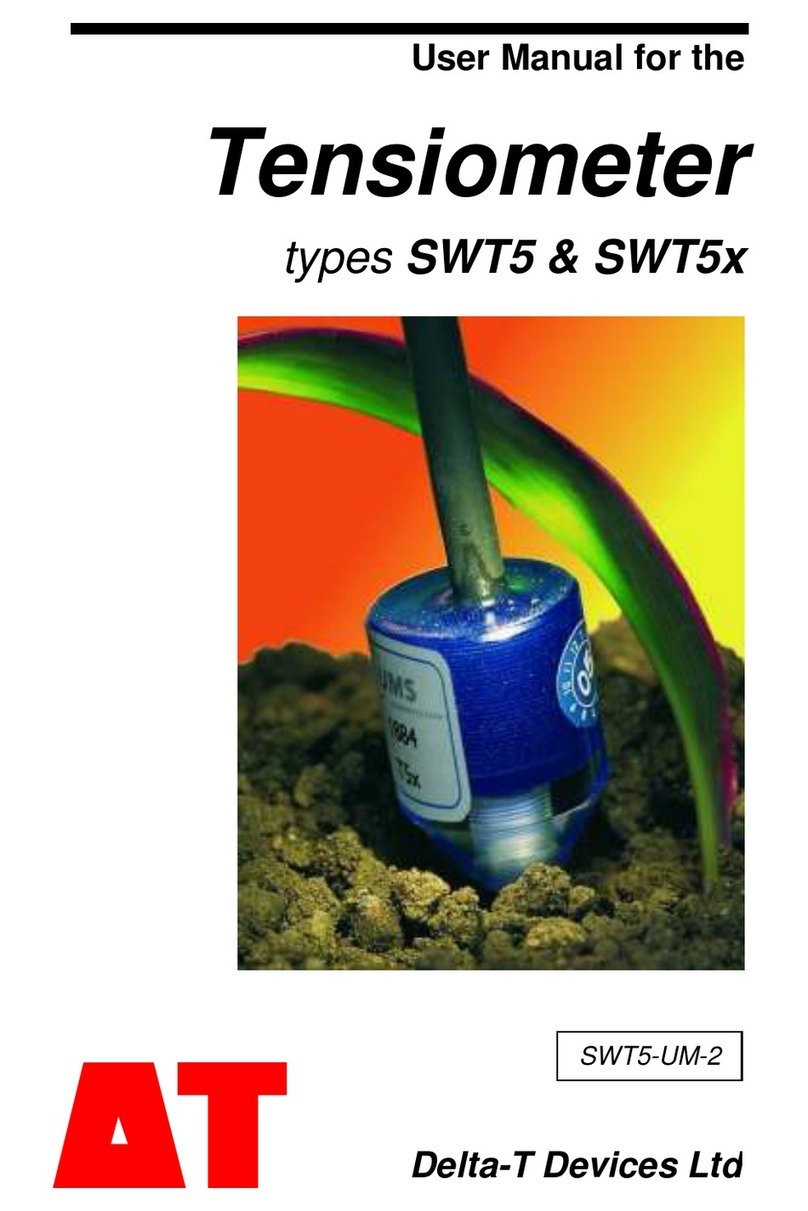
18
2 Make sure the appropriate ID# on the MIU has been assigned
to the meter setting.
• For single register applications, use the bold-faced ID#.
• For two register configuration, assign the (HI S/N) to one
register and the (LO S/N) to the second register.
11 Troubleshooting
After the MIU has been wired, follow these steps to troubleshoot
an invalid register reading or connection, for example Bor Nin
the MIU Config email.
1 Check the wiring connections, that is, terminal screws and
Scotchloks, to ensure they are connected properly.
2 If the register is a non-prewired and pitted register, check that
the silicone is applied correctly.
3 If the register is a Rev. E or older, check to ensure it is pro-
grammed in a rewire RF format using a field programmer.
4 If the problem continues to exist, replace the register.
Troubleshooting Low RSSI: Tips and Techniques for
New Installations
Received Signal Strength Indicator (RSSI) is a measurement of
the power present in a received radio signal. Neptune uses this
measurement during the installation process to determine if an
R450 DC is strongly receiving for an MIU. Refer to Table 2 MIU
RSSI Downlink on page 15 and Table 3 Collector RSSI Uplink
on page 16 for the values that Neptune considers acceptable,
marginal, or failed.
During the installation process, an installer receives an email
with the RSSI value to determine if the location of the MIU is
acceptable or not. If the RSSI value is either at the upper limit of
the marginal range or is a failed RSSI, the installer should try
these tips and techniques.
Outside Wall MIU Installation
• Relocate the MIU to a higher installation level (i.e. higher than 4
feet above ground level).
• Relocate the MIU near the corner of a house or building.
All tags are provided to aid in the elimination of
transcription errors.





















